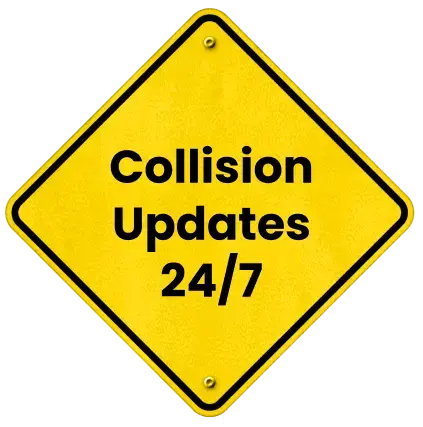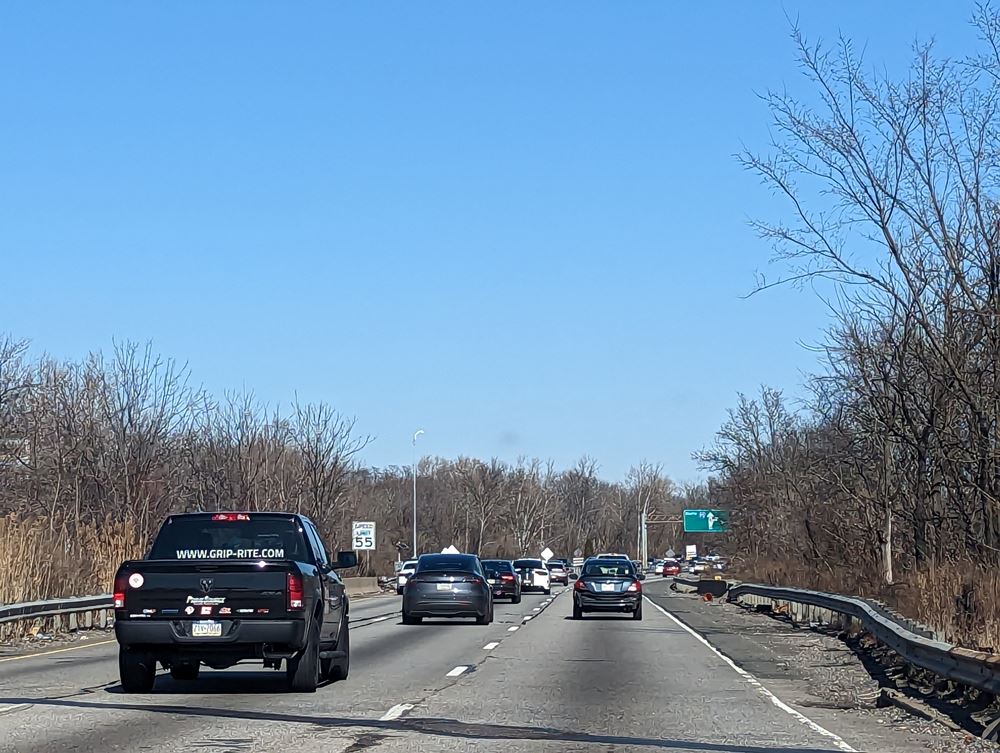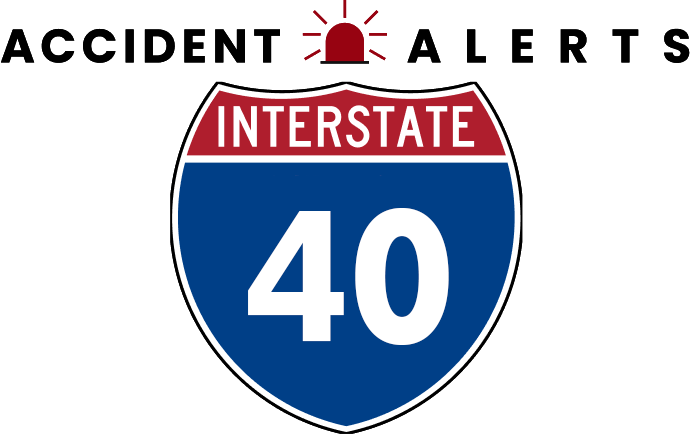
The Most Dangerous Stretches of I-40 (and Why Crashes Happen There)


Interstate 40 is one of the longest and busiest highways in the United States, stretching more than 2,500 miles from Barstow, California, to Wilmington, North Carolina. Along the way, it crosses deserts, mountains, major metropolitan areas, and rural farmland. While I-40 is vital for commerce and travel, it is also home to some of the most dangerous roadway sections in the country.
Certain stretches of I-40 have become notorious for high crash rates due to congestion, steep grades, severe weather, and challenging layouts.
Understanding these I-40 accident hotspots helps travelers prepare and highlights the importance of safe driving on this critical east–west corridor.
Why Certain Stretches of I-40 Are More Dangerous
Traffic patterns, geography, and weather all contribute to the dangers found on certain stretches of I-40. Urban interchanges in major cities like Oklahoma City, Memphis, and Raleigh increase collision risks due to heavy traffic, merging lanes, and high speeds.
Mountainous sections in Tennessee, North Carolina, and New Mexico require drivers to navigate sharp curves, steep inclines, and sudden drops in speed, which can be particularly challenging for those unfamiliar with these areas.
Weather hazards, including fog, snow, ice, and heavy rain, are common in the Appalachian Mountains, the Ozarks, and higher elevations of New Mexico and Arizona, further increasing the risk of accidents.
In rural parts of Arizona and western Oklahoma, long, isolated straightaways can lead to fatigue or distraction, contributing to crashes. When combined, these factors explain why certain portions of I-40 consistently report higher accident rates than others.
Notorious Accident Hotspots on I-40
The stretches of I-40 that pose the greatest risks to travelers vary widely across the country, reflecting changes in terrain, weather, and traffic patterns. On the western end, the highway begins in Barstow, California, and passes through the Mojave Desert into Arizona.
Long, open stretches here often encourage speeding and can lead to driver fatigue, while the higher elevations near Flagstaff bring icy roads and sudden snowstorms. Steep grades and strong winds in this region contribute to a higher incidence of truck rollovers.
Moving east into northern New Mexico, the Sangre de Cristo Mountains near Santa Rosa present even more challenging conditions. Black ice, winter storms, and abrupt changes in road conditions make this section unpredictable, and drivers unfamiliar with high-altitude winter driving may underestimate how quickly hazards can develop.
In Oklahoma, the highway passes through both urban and rural environments. Oklahoma City is notorious for congestion, frequent lane changes, and heavy truck traffic, while the long, flat stretches elsewhere contribute to fatigue-related crashes.
In Arkansas, I-40 cuts through the Ozark Mountains, where steep curves and rain can make roads slippery, and seasonal storms further reduce visibility, increasing risks for both passenger vehicles and commercial trucks.
Tennessee offers additional challenges, particularly around Memphis, where I-40 intersects with multiple interstates, creating congestion and bottlenecks such as those at the “Old Bridge” across the Mississippi River. Farther east, near Knoxville and the Great Smoky Mountains, drivers encounter sharp curves, fog, and steep grades, with early morning or late afternoon conditions sometimes limiting visibility even more.
One of the most treacherous sections of the interstate lies in North Carolina, where I-40 winds through the Appalachian Mountains near Asheville. The Pigeon River Gorge is infamous for sharp turns, falling rocks, and dense fog, and tractor-trailers navigating the steep declines face particular difficulty. Seasonal snow and ice in this region only heighten the danger, making careful attention to speed and road conditions essential for all travelers.
Crash Causes on I-40’s Riskiest Sections
While roadway design and geography play a role, most accidents along I-40 are linked to preventable human factors. Common causes include:
- Distracted Driving: Phone use, eating, or adjusting in-car technology are frequent contributors to rear-end and lane-change collisions.
- Speeding: High speeds, especially in rural areas, increase stopping distances and make crashes more severe.
- Impaired Driving: Alcohol and drug use remain significant causes of fatal accidents, particularly on nighttime rural stretches.
- Weather Misjudgment: Drivers often underestimate how fog, ice, or heavy rain reduces visibility and traction, leading to spinouts or pileups.
- Fatigue: Long-haul truckers and motorists driving through multiple states without rest face higher risks of falling asleep at the wheel.
Understanding these factors and adjusting driving habits accordingly is crucial for reducing risk on the I-40 dangerous stretches.
Prevention Tips for Safer Travel on I-40
Travelers can take proactive steps to reduce their risk of being involved in an accident on I-40. A few safety strategies include:
- Plan Ahead: Check weather forecasts and road conditions, especially in mountain regions.
- Reduce Speed in Hazardous Areas: Slow down when approaching curves, urban interchanges, or areas prone to fog and ice.
- Allow Extra Following Distance: This is especially important around trucks, which require longer stopping distances.
- Rest Frequently: Combat fatigue by stopping every two hours or sharing driving responsibilities on long trips.
- Stay Alert in Construction Zones: I-40 undergoes frequent repairs, and work zones often involve lane closures or sudden stops.
- Family and Passenger Safety: Make sure all passengers are properly buckled up and avoid distractions that can take the driver’s attention away from the road. Share updates with family so someone is aware of your travel route and expected arrival.
Travelers who plan ahead, drive attentively, and respect changing road conditions can help ensure safer journeys for themselves and others along I-40.
Connect with an I-40 Lawyer
Despite best efforts, accidents still occur, and the consequences can be life-changing. Victims may face medical expenses, lost wages, and long recoveries. Families may also struggle with the emotional and financial toll of serious crashes.
If you or a loved one has been affected by a collision on I-40, our team is here to help. We provide guidance, support, and resources for those impacted by the I-40 dangerous stretches and other high-risk conditions. Get in touch with our I-40 accident lawyer, and schedule a free appointment where we will listen and analyze your case.
